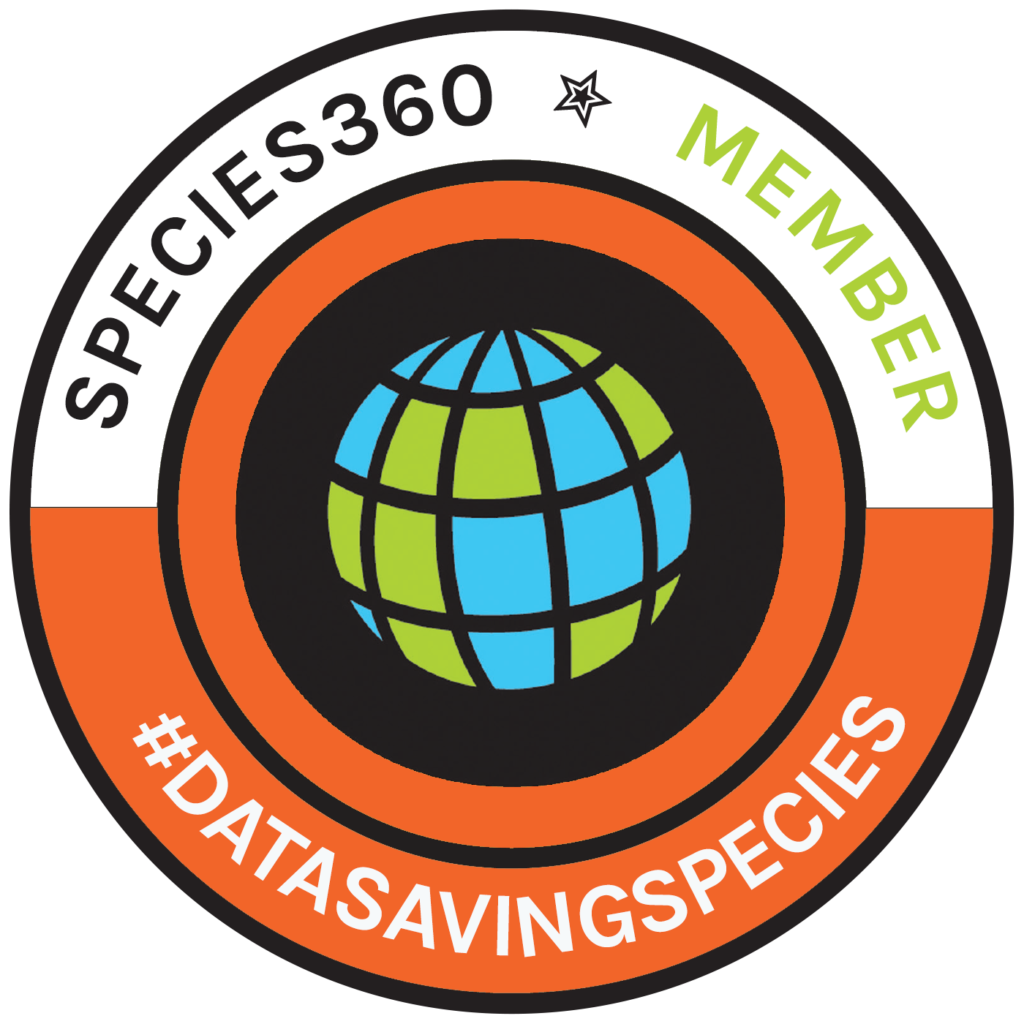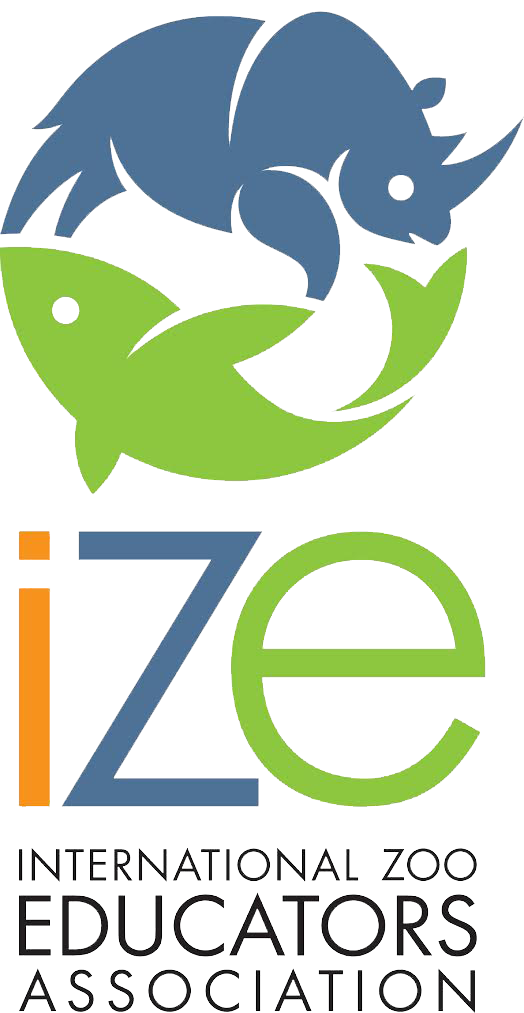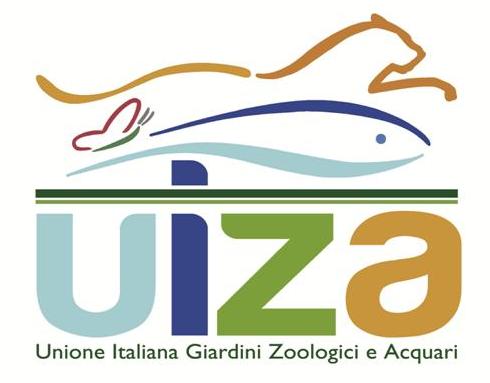ABOUT US
Mission, history and organisation
OUR MISSION
The Parco Zoo Punta Verde is a zoo run by a private company. It does not receive any public funding and its income comes solely from admission tickets.
The Parco Zoo Punta Verde MISSION is based on four fundamental principles:
- educating its audience towards a greater understanding and awareness of the animal world and the environment, through targeted environmental education programmes aimed at the general public and at schools of all types and levels;
- conserving biodiversity through participation in in situ and ex situ programmes. For many years the Park has supported various conservation projects to protect endangered species in their place of origin through in situ programmes, thanks in part to the involvement and contribution of its visitors. These projects also offer local populations an opportunity for sustainable development. Ex situ conservation, on the other hand, involves the techniques and care of breeding animal species within the zoo, complying with numerous European programmes for breeding in a controlled environment;
- carrying out research, through collaboration with institutions such as universities, museums and scientific institutions, aimed at advancing scientific knowledge in the fields of biology and ethology;
- lastly, offering all ages an exciting experience through a fun day out in a pleasant environment that encourages contact with nature, while also contributing to its preservation.
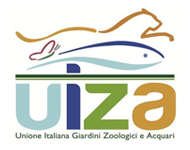
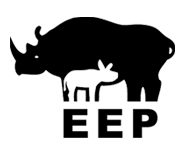
It participates in European Endangered Species Programmes (EEP), which combine the efforts of European zoos in the conservation of species at high risk of extinction.
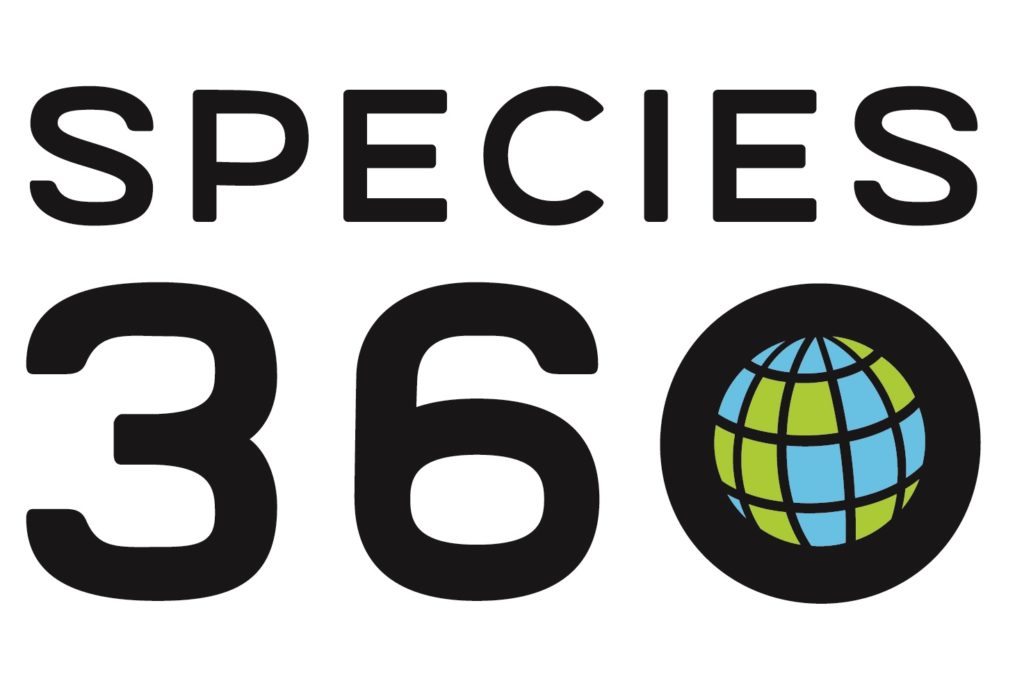
The Zoo is also a member of Species360, creator of the ZIMS database. This comprehensive system provides real-time information on the situation of all the animal species housed in most of the world’s zoos, providing insights for proper management of animals in captivity and an excellent tool for their conservation.

The Zoo is a member of the EDUzoo working group established by the educators of the Italian Union of Zoo and Aquaria (UIZA).
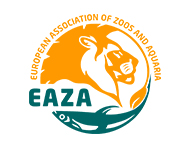
It is a full member of the European Association of Zoos and Aquaria (EAZA) and is part of the International Union for the Conservation of Nature and Natural Resources (IUCN).
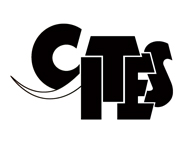
It offers logistical and scientific support to the State Forestry Department’s operative unit of the Convention of International Trade in Endangered Species of Flora and Fauna (CITES).
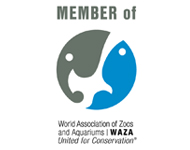
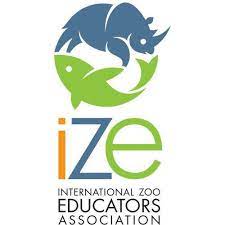
OUR HISTORY
It all started in 1972, with an area of around 16 hectares located on the left bank of the Tagliamento river, north of the tourist resort of Lignano Riviera. This area was completely abandoned and was so covered with thick undergrowth and brambles that it prevented access to the river.
Surveyor Sergio Rodeano, a great lover of plants and beauty, joined forces with a few friends to reclaim the area, creating a nursery of local plants while also restoring it to a more productive ecological and environmental function.
Within a few years, the entire area on which the Park now stands became a neat and lovingly tended nursery.
As luck would have it, the area also featured an artificial lake, created decades earlier. It was home to several species of wild duck, which were gradually joined by ornamental breeds, thus creating a large resident colony.
This happy combination of environment and wildlife prompted experimentation with a different use for the area, which would allow the use of the nursery’s many plants to form a wooded park. The addition of some animal species gave them an ideal habitat, while also offering the tourists of Lignano Sabbiadoro a cultural destination and an alternative to the beach as a source of entertainment.
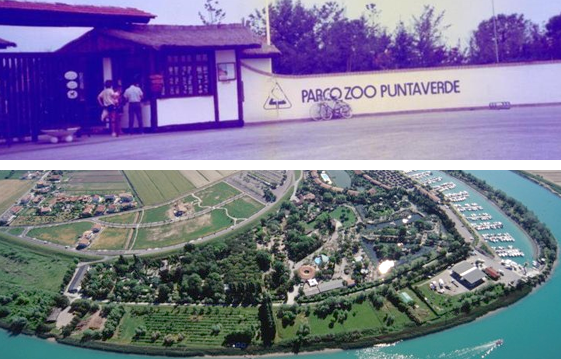
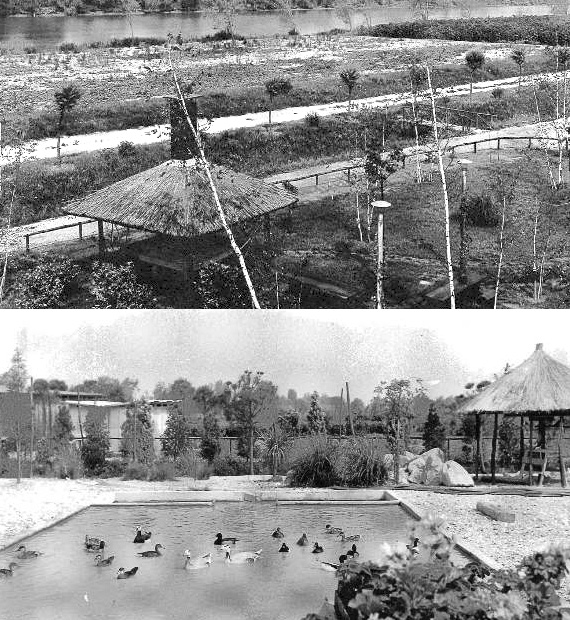
The Parco Zoo Punta Verde was established on 19 June 1979: what had started out as an experimental gamble proved so successful that it led the owner to gradually expand and improve the site, year after year. It eventually reached its current layout and structural and organisational form, with the aim of educating and raising awareness among its visitors, encouraging a deeper understanding of and respect for the environment, and ensuring a future for nature.
Today, the park extends over 100,000 m2 across both banks of the Tagliamento river, and is home to around 1000 animals belonging to hundreds of different species, including mammals, birds and reptiles. The park undergoes constant improvement, reconstructing the typical habitats of its resident species and taking particular care of its flora. In addition to the native plants there are also tropical species which survive thanks to pools fed by 30° C thermal springs. These create microclimates that promote the wellbeing of even the most exotic animals.
OUR ORGANISATION
All activities at the Zoo are carried out with the cooperation of its own staff and freelance professionals.
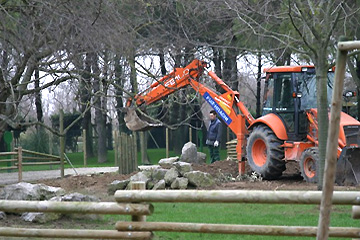
LANDSCAPE MANAGEMENT AND MAINTENANCE
Landscape management and general maintenance are carried out by a team of four people, who take care of the plants and ensure the smooth running of the facilities for visitors and animals.
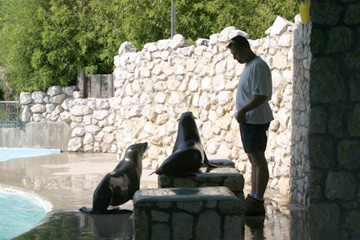
ANIMAL WELFARE
The Park has a welfare coordinator whose job is to support the team of 8 keepers, in order to ensure high standards of maintenance in the routine and special management of the animals present in the Zoo. Keepers are professional figures specialising in the care and wellbeing of the animals, participating in continuous internal and external training in the form of workshops and conferences. The Park also relies on external consultants with whom it is in close contact for the monitoring of training for medical and behavioural purposes. In addition to the 8 keepers there are also 2 stable hands who look after the stables and the herbivorous departments.
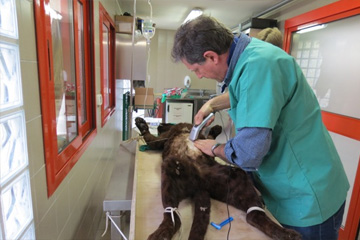
VET MANAGEMENT
With regard to vet management, the Park relies on the support of medical staff at a local and international level. In the event of highly specific problems, if necessary the Park can call on a team of professionals specialising in the management of diseases affecting non-conventional animals.
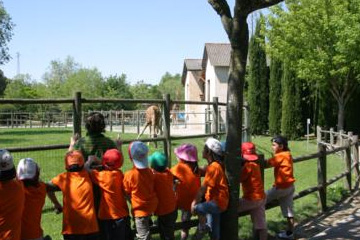
EDUCATION DEPARTMENT
The Zoo has its own education department, whose aim is to provide the public with adequate information and awareness on environmental issues. It is a creative job that requires continuous training. It involves creating the informative signs that you find while walking around the Park, publications such as the Zoo guide, as well as the creation and delivery of educational activities for school groups and individual visitors both inside and outside the Zoo. The education department also manages the organisation of the “Summer at the Zoo” summer camp, and regularly promotes training courses for educators. In order to do all this, the Zoo employs two full-time members of staff.

The staff is coordinated by a director with decades of experience in the field, who also acts as general curator and is personally responsible for managing relationships with organisations at a national level (UIZA, CITES, Minister for the Environment, etc.) and international level (EAZA, Species360, WAZA, etc.), as well as managing the in situ and ex situ (EEP) conservation projects in which the Park actively participates.
